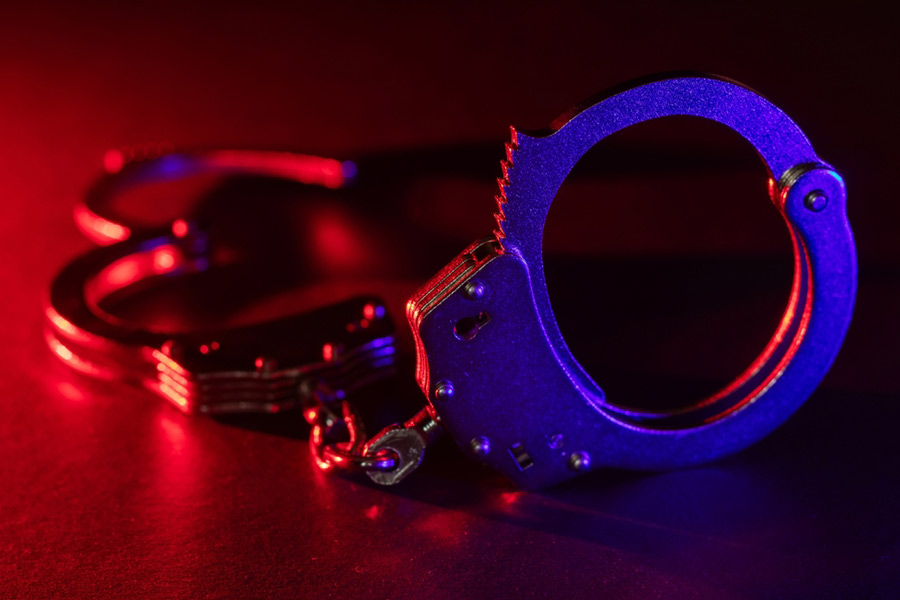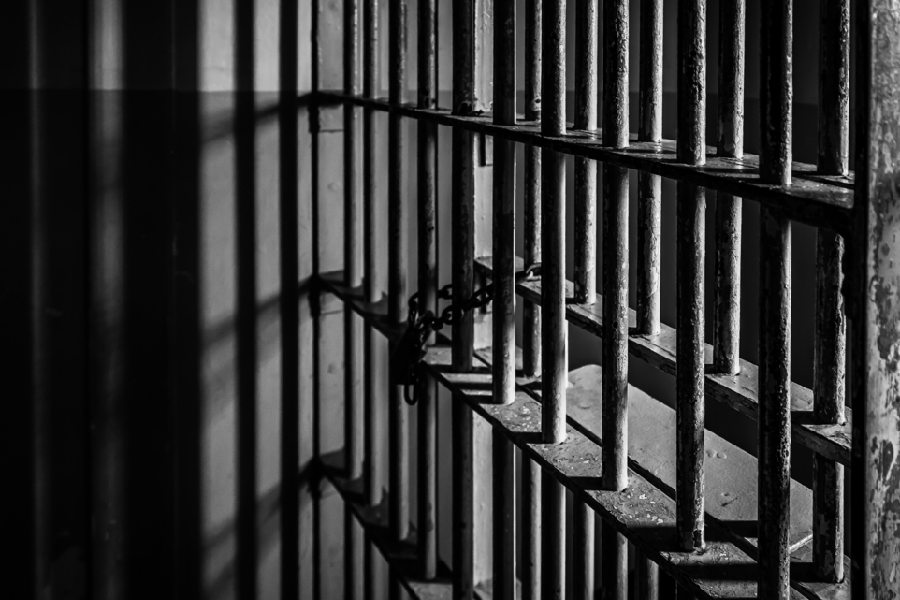 |
| American Idol judge Paula Abbdul tastes the new low-carbohydrate C2 soft drink. (Reuters) |
Major soda companies have been spinning out new flavours for years without a lot success at jump-starting sales, which have been growing annually at a paltry half-per cent since 1998 in America. So the soft drink giants are trying again — with colas aimed at the newly health-conscious, weight-watching, carb-counting consumer.
Coca-Cola and Pepsi hope for big results from the release of C2 and Pepsi Edge, both of which fall halfway between the zero calories and sugar of a diet soda and the calorie-packing sweetness of regular cola. The new beverages are being touted as the first wave in a new category of mid-calorie soft drinks.
“It’s the first new product in a long time that has a functional benefit versus just a new flavour benefit,” said Dave DeCecco, a Pepsi spokesman. “There definitely is interest in the marketplace for that.”
Industry experts are unsure whether the concept will be flat or fizzy in the minds of consumers. They say the soda market has been hurt by competition from other types of beverages, even water, so it is hard to know how hot — or lasting — the new mid-calorie market will be.
Part of the problem assessing the impact of the new drinks is identifying who will buy them and how many of the guzzlers will just be defectors from other Coke or Pepsi brands.
“It could potentially cannibalise existing products,” said Todd Stender, a beverage analyst with investment banking firm Crowell, Weedon & Co, which does not have an investment banking relationship with either Coke or Pepsi.
Some analysts say the mid-calorie rollouts are best seen as a good excuse, like Diet Coke with Lemon or Pepsi Vanilla before them, to get in the public’s face with lots of advertising touting the core brand. As sodas lose ground to water, iced tea, juice and other drinks, the only way to fight back is to keep rattling the cage and encouraging shoppers to walk down the soda aisle again.
“It’s a reason for retailers to stock more product, to be on display, and it shows that at least you’re awake,” said Bryan Spillane, a beverage analyst with Banc of America Securities, who does not own stock in either company. Banc of America does have investment banking relationships with both Coke and Pepsi.
“It’s a very low-cost way to create some news,” he said. “If it works, then great. If it doesn’t, it doesn’t cost them a whole lot.”
Pepsi Edge will be released in two stages, in mid-June and a month later, but its advertising won’t begin until the product unveiling is complete.
That means Coca-Cola, which also has a mid-June target for stores, gets the first chance to crack consumer consciousness. It is unveiling its first television commercial for C2 during the final competition on American Idol, a talent contest.
Coke also will be doing extensive giveaways and sampling of its new soda at all kinds of venues, from supermarkets to ballparks. “We view it as the biggest launch since Diet Coke in 1982,” said Coke spokesman Kelly Brooks.
Coke still leads Pepsi in market share, 44 to 32, in the carbonated soda universe. Pepsi, which also owns Frito Lay and Quaker Oats, has been better able to withstand the softness in the soda market.
Both companies say they are after anyone who is being more careful now about taking in too many calories or carbohydrates. Since sugars are counted as carbs and both new sodas use a combination of high-fructose corn syrup and artificial sweeteners, the drinks are easily marketed to the millions of consumers who now try to limit their intake of carbs, as well as those who are more focused on calories.
“We think it’s an answer to a global consumer trend,” Brooks said, adding that the mid-calorie Coke should have particular appeal to adults in their twenties and thirties, who are young enough to be soda drinkers, but old enough to be watching their weight.
He said the company’s research indicates the products will bring new soda drinkers to the market. In the end, the goal is not just to add incremental sales volume, but to “further strengthen and build the Coca-Cola trademark.”











